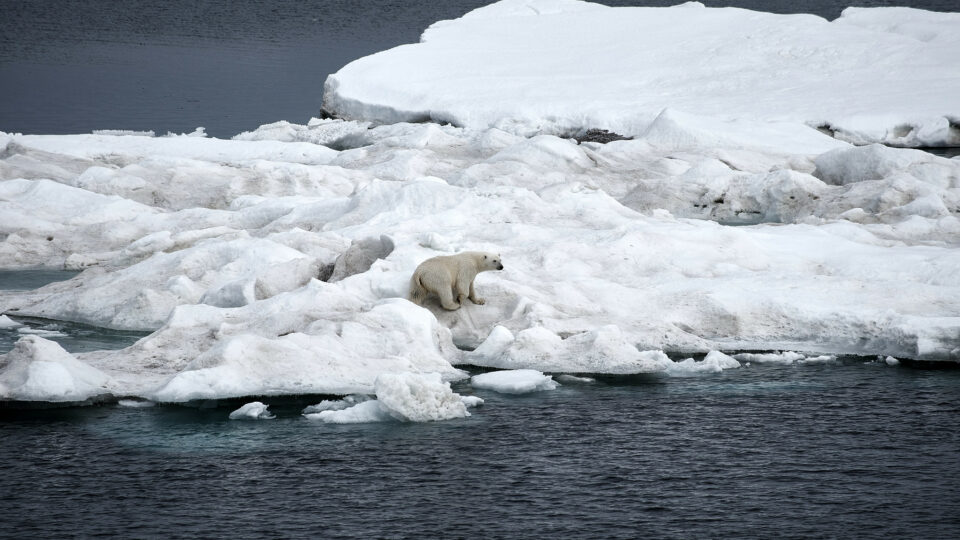Researchers are considering a wide range of approaches to mitigate the effects of global climate change. Among these are various strategies of geoengineering, which must be viewed with enormous caution, given the high likelihood of unintended consequences from almost anything we might do.
Researchers at the International Institute for Applied Systems Analysis have investigated potential strategies for cooling the planet in the absence of Arctic sea ice.
The Arctic region is heating up faster than any other place on earth
and its sea ice is rapidly disappearing.
Estimates are that summer sea ice in the Arctic Ocean will be largely
gone within a generation. Arctic ice and
snow reflect the sun’s energy into space, which helps to keep the planet
cool. What happens if that ice is gone?
The researchers explored the fact that the Arctic Ocean ice actually insulates
the Arctic atmosphere from the warmer water under the ice. Without the ice layer, the surface water
would actually increase air temperatures by 20 degrees C during the
winter. That in turn would increase the
heat irradiated into space and thereby cool down the planet.
The Arctic sea ice is in part maintained because the upper regions of the Arctic Ocean have lower salinity than the Atlantic Ocean. This stops Atlantic water from flowing above the cold Arctic waters. So, if we were to somehow deliberately increase the salinity of the Arctic Ocean surface water, warmer, less salty Atlantic Ocean water would flow in, increase the temperature of the Arctic atmosphere, and release heat trapped in the ocean into space.
It all sounds pretty crazy, but the researchers say that given the seriousness of climate change, all options should be considered when dealing with it.
**********
Web Links
Could we cool the Earth with an ice-free Arctic?
Photo, posted August 19, 2016, courtesy of Flickr.
Earth Wise is a production of WAMC Northeast Public Radio.

